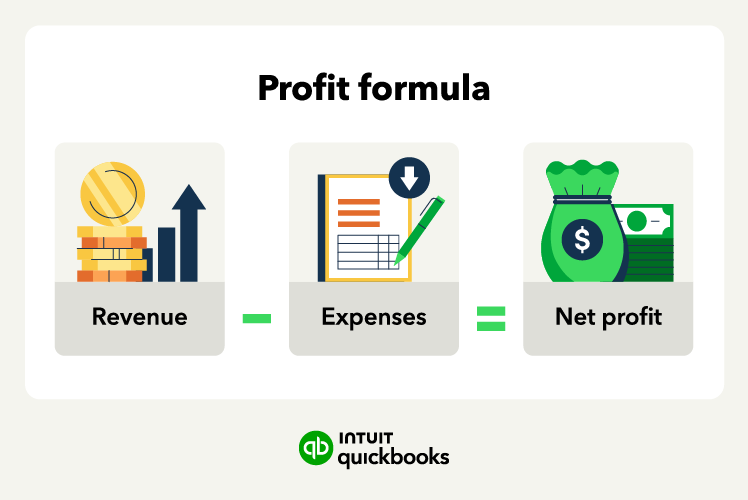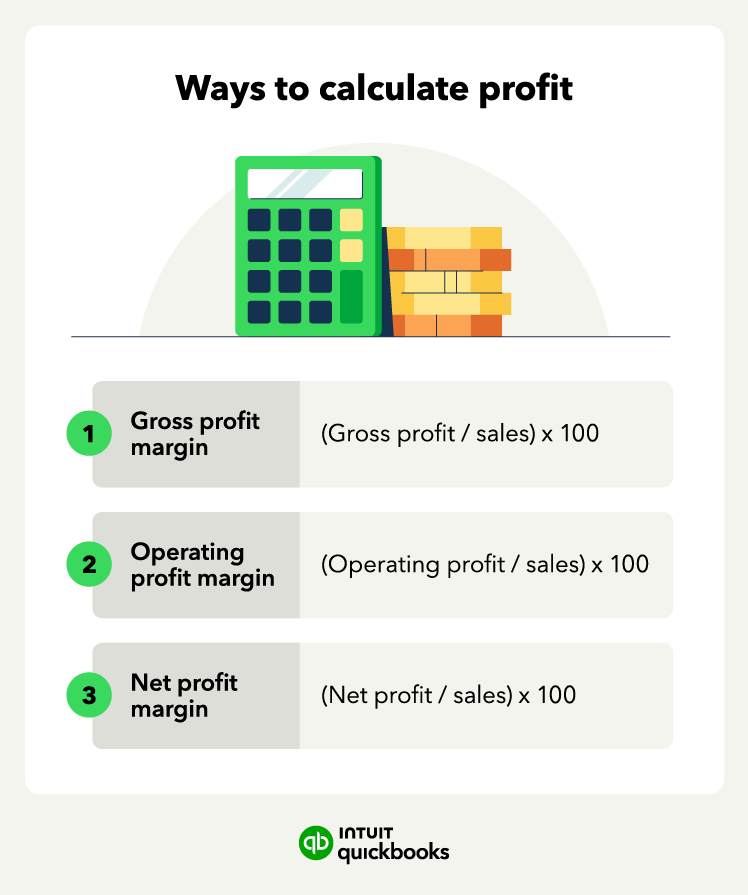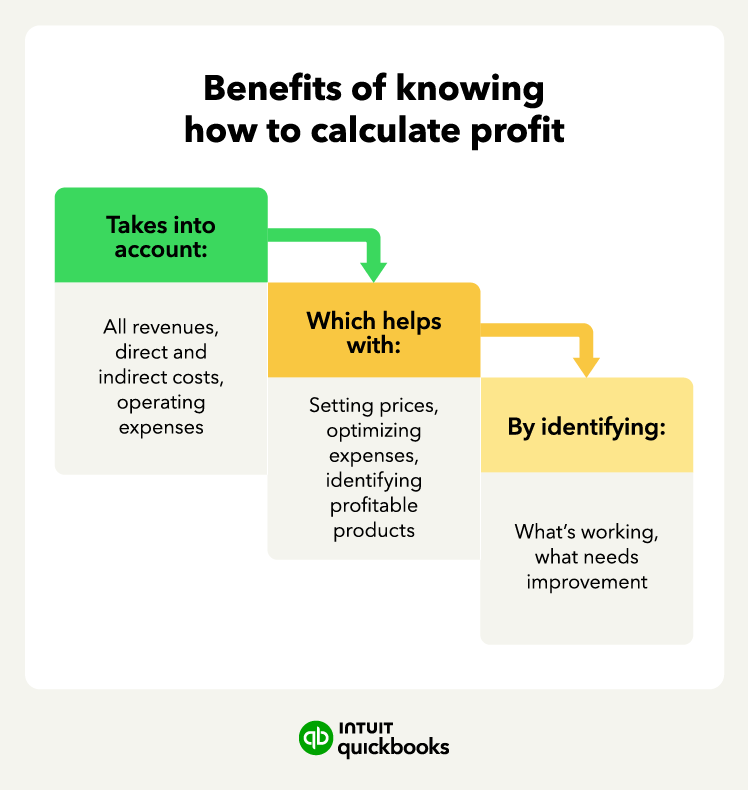How to find operating profit margin
The operating profit indicates how much money the company makes from its core operations after accounting for all operating costs and expenses. The operating profit margin formula is:
Operating profit margin = operating profit / revenue x 100
Steps to calculate operating profit margin
Step 1: Calculate gross profit
Start by determining your gross profit. This is your total revenue minus your cost of goods sold (COGS), which includes the direct costs of producing your products.
Step 2: Subtract operating expenses
Once you have your gross profit, subtract your operating expenses. Operating expenses include things like administrative costs, marketing expenses, and overhead.
Formula: Operating Profit = Gross Profit - Operating Expenses
Step 3: Divide operating profit by revenue
To find your operating profit margin, divide your operating profit by your total revenue. This shows what percentage of revenue is left after covering all operating costs.
Formula: Operating Profit Margin = Operating Profit / Revenue
Step 4: Multiply by 100
Multiply the result from Step 3 by 100 to convert it into a percentage.
Formula: Operating Profit Margin (%) = (Operating Profit / Revenue) x 100
H2: Operating profit margin example
If your boot wholesaler generates $10 million in sales and has $5 million in operating expenses, your operating profit is $5 million.
Operating profit margin = ($5 million / $10 million) x 100 = 50%. This means 50% of your revenue is retained as operating profit after covering all operating expenses.
How to find net profit margin
Net profit margin determines an entire company’s profit margin—it takes into account all revenue and expenses. The formula to find net profit margin is:
Net profit margin = net profit / revenue x 100
Steps to calculate net profit margin
Step 1: Start with operating profit
Begin with your operating profit—the profit remaining after subtracting all operating expenses from revenue. This figure gives you the income before considering taxes, interest, or other non-operating expenses.
Step 2: Subtract all other expenses
From your operating profit, subtract other expenses such as taxes, interest, and any one-time costs. These additional expenses are deducted to arrive at your net profit (aka net income).
Formula: Net Profit = Operating Profit - Taxes - Interest - Other Expenses
Step 3: Divide net profit by revenue
To determine the net profit margin, divide your net profit by your total revenue. This percentage reflects how much of your revenue is actual profit after covering all expenses.
Formula: Net Profit Margin = Net Profit / Revenue
Step 4: Multiply by 100
Multiply the result by 100 to convert it into a percentage.
Formula: Net Profit Margin (%) = (Net Profit / Revenue) x 100
Net profit margin example
If your operating profit is $5 million and you have $1 million in other expenses, your net profit is $4 million.
Net profit margin = ($4 million / $10 million) x 100 = 40%. This means 40% of your total revenue is left as net profit after all costs and expenses are accounted for.
















